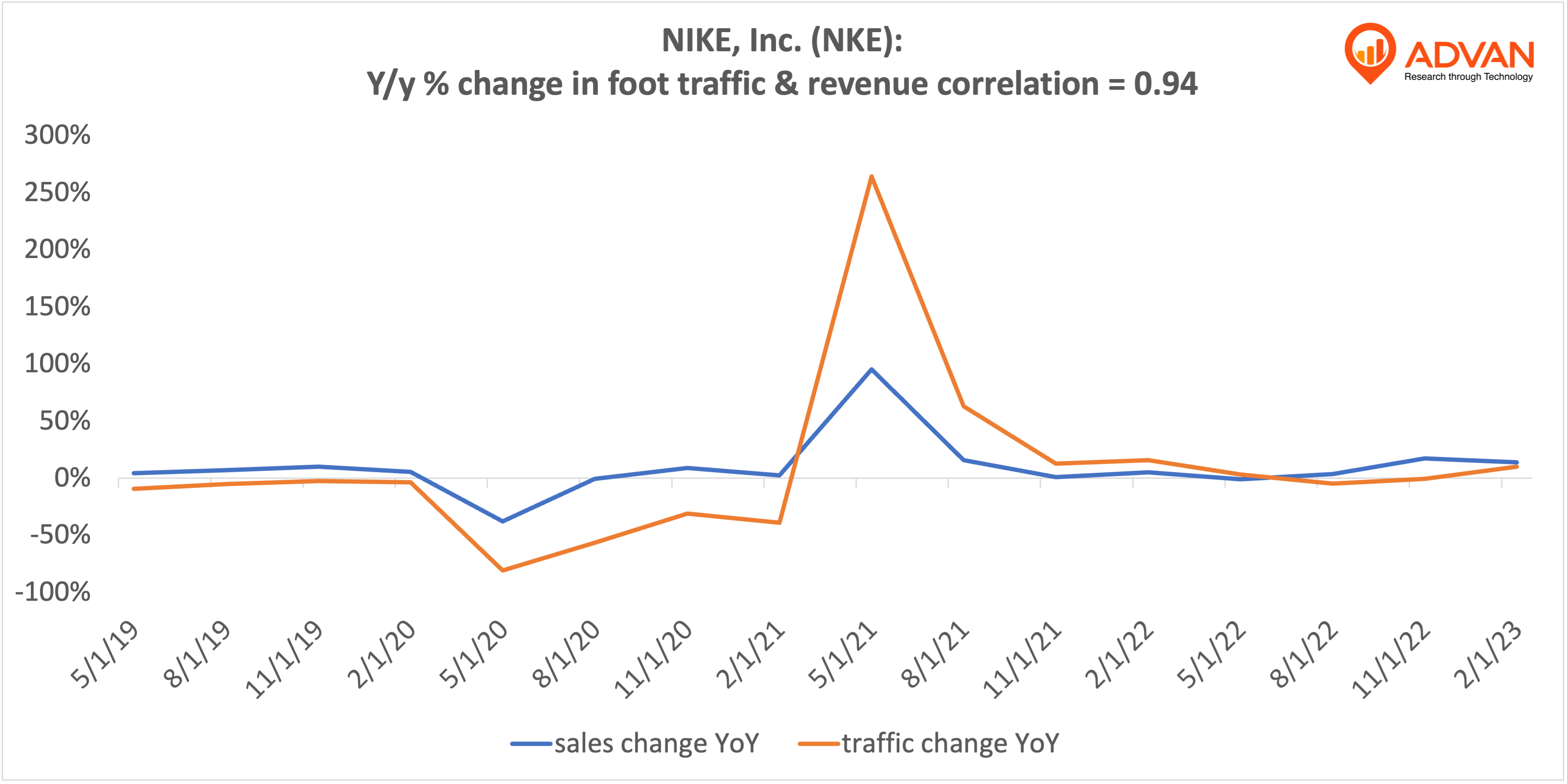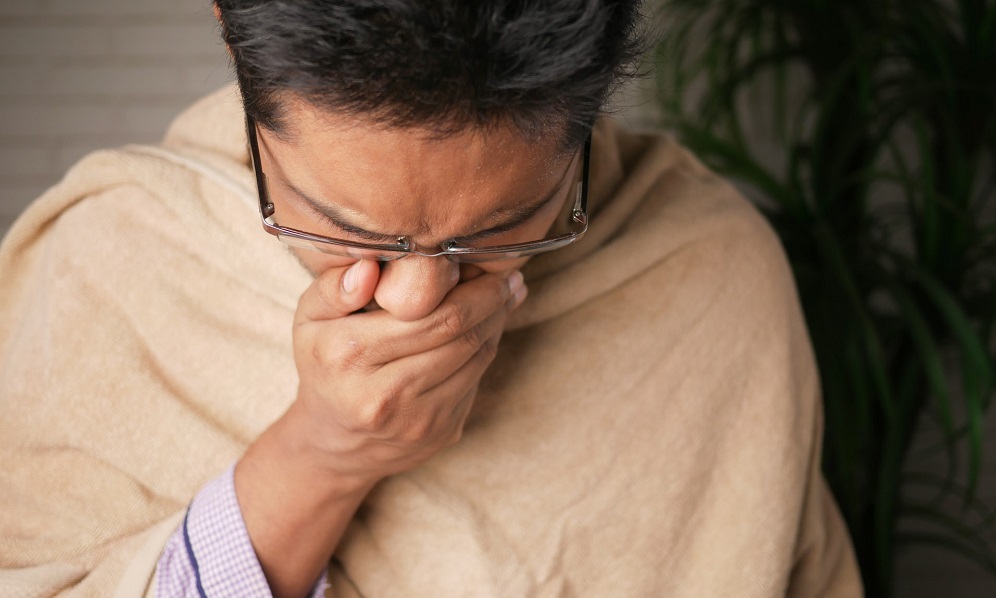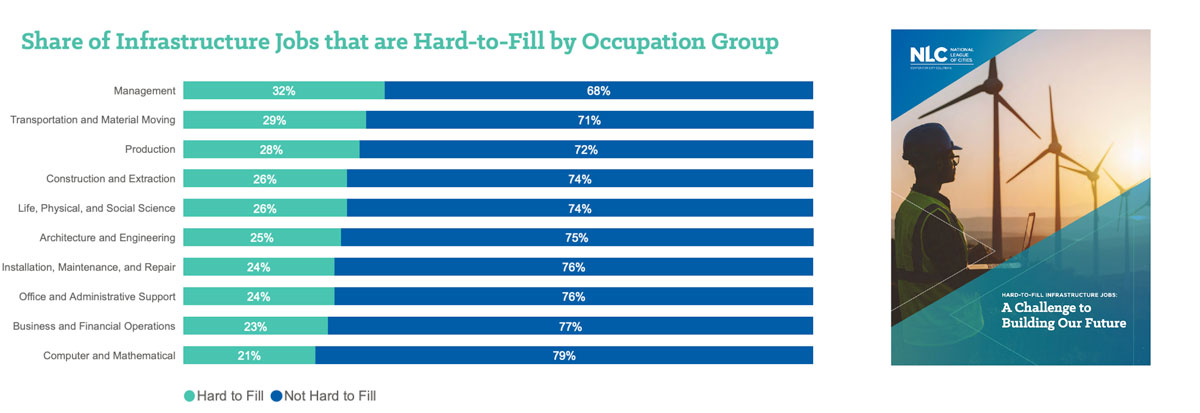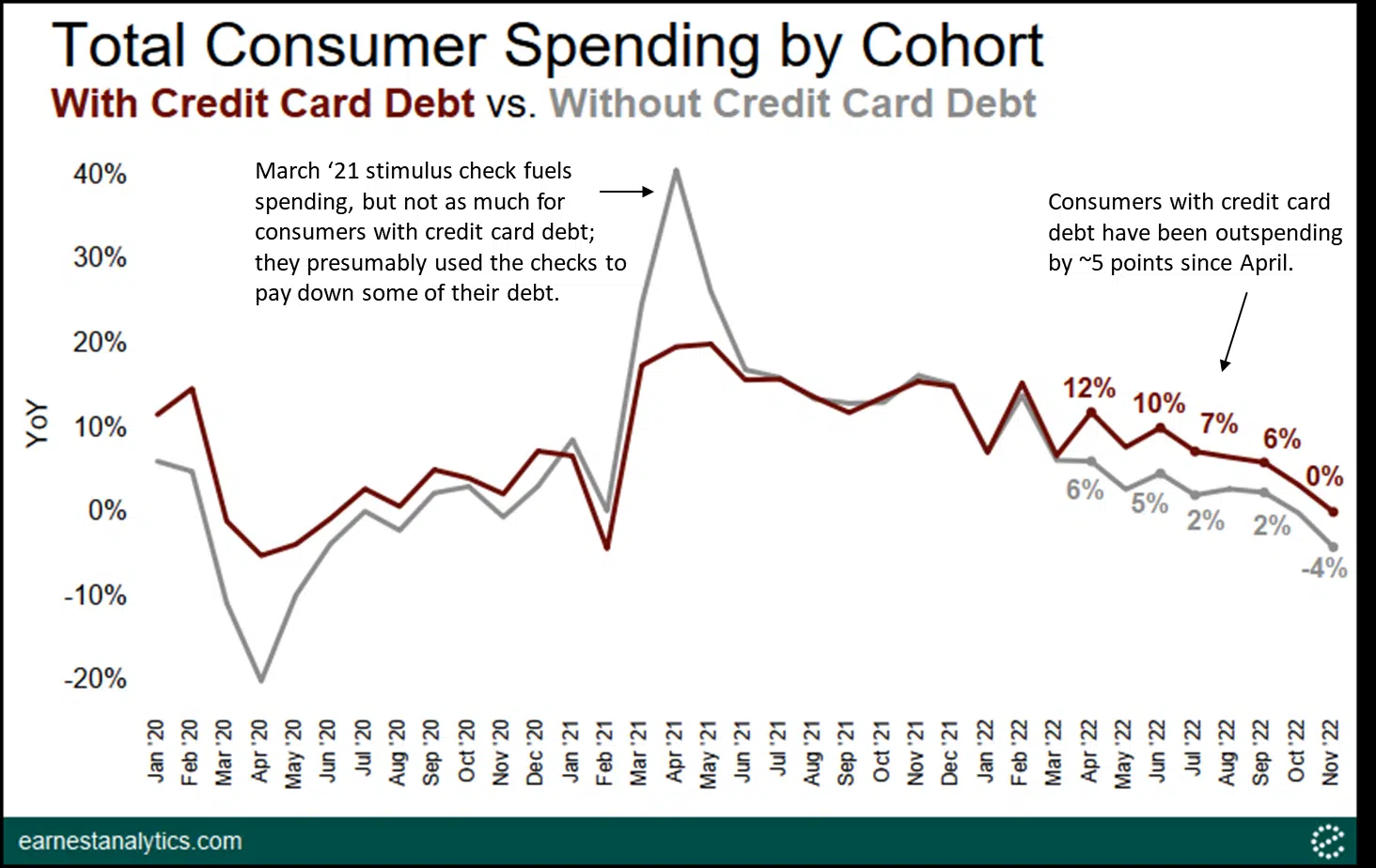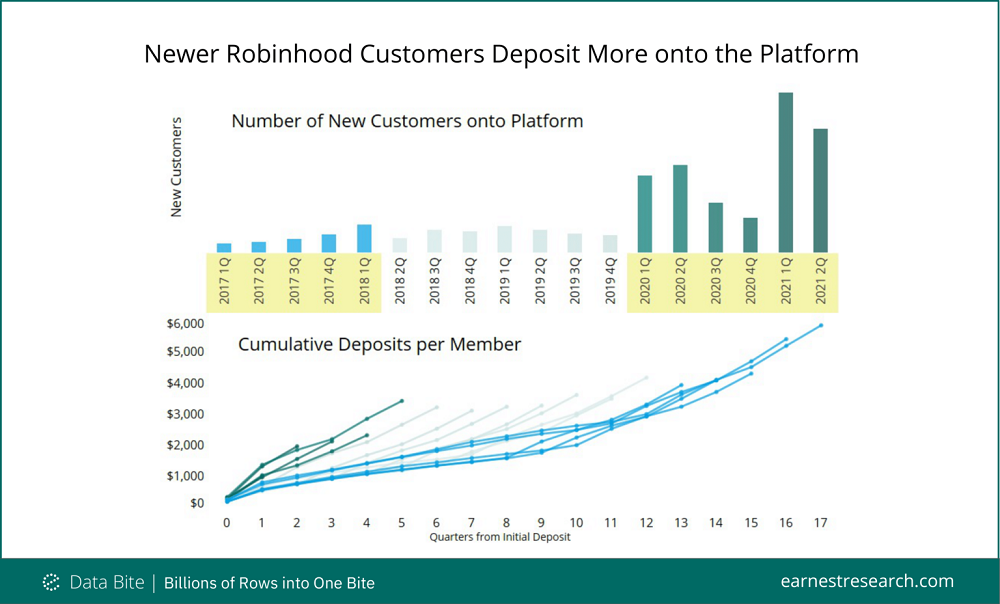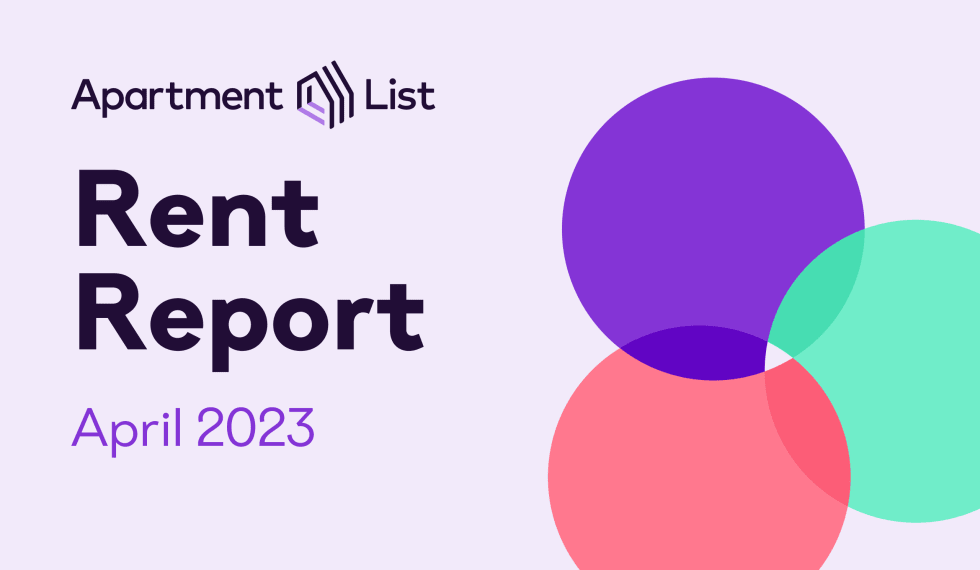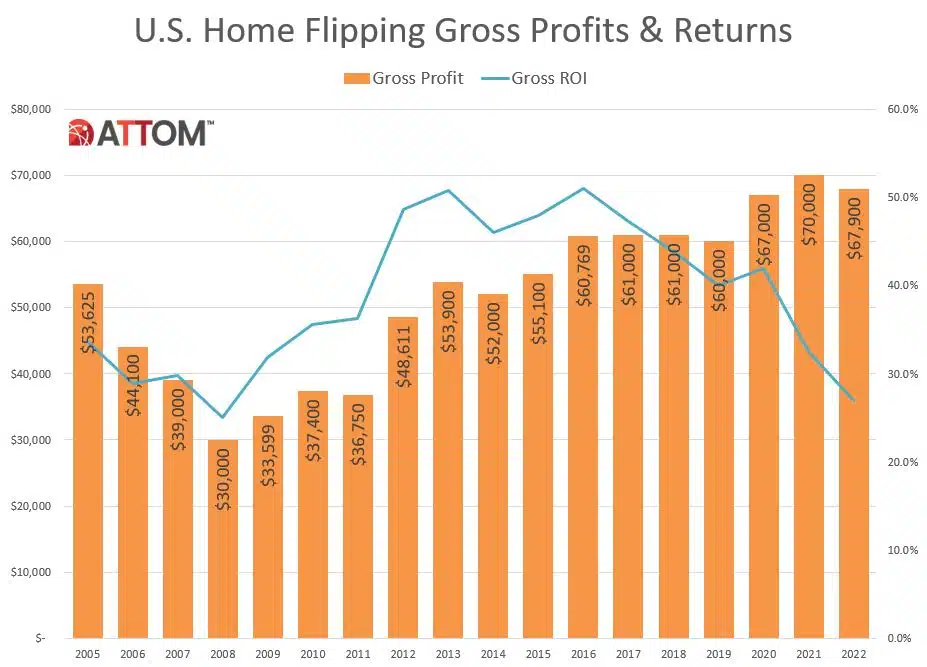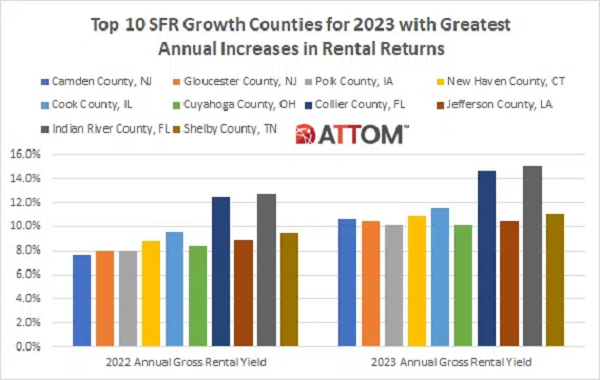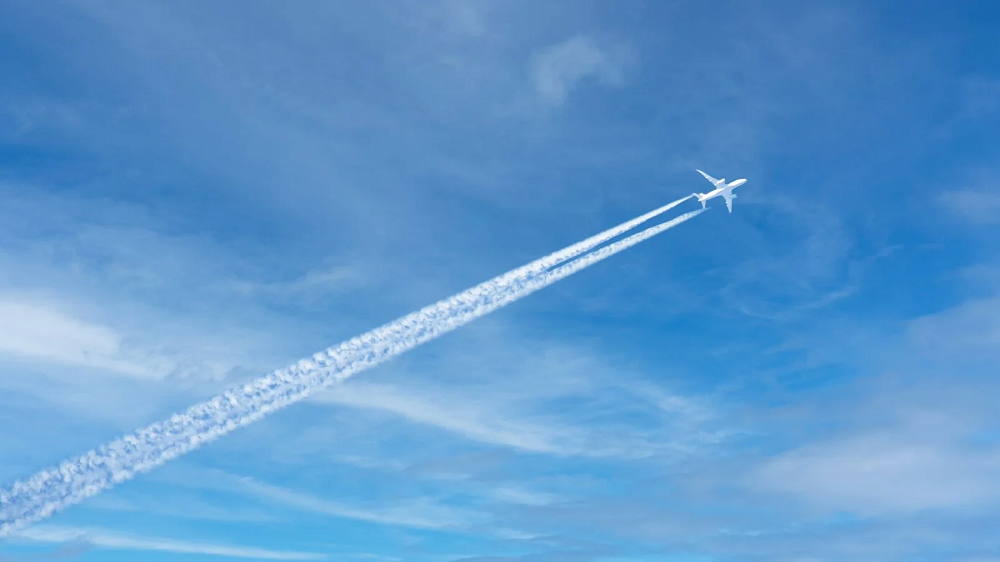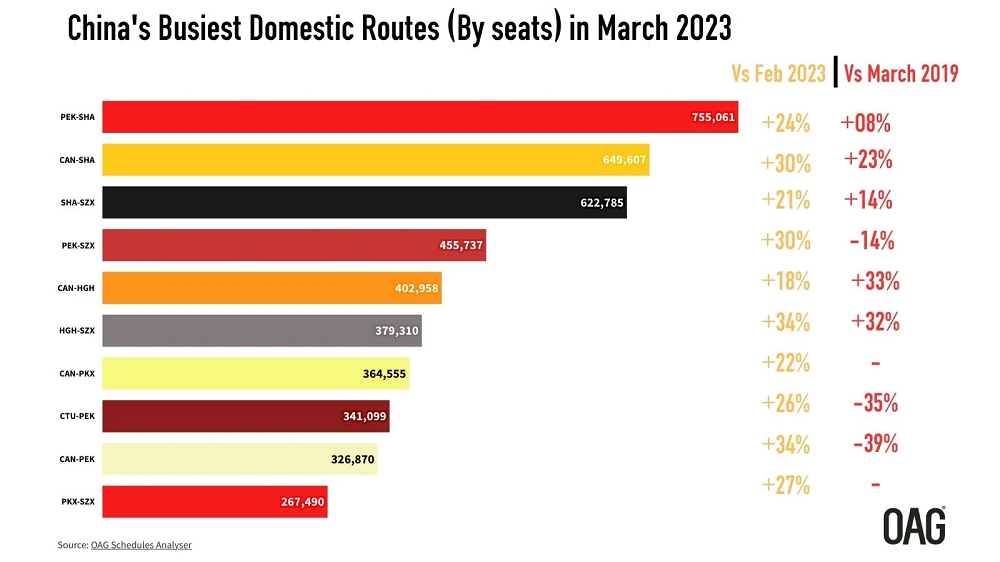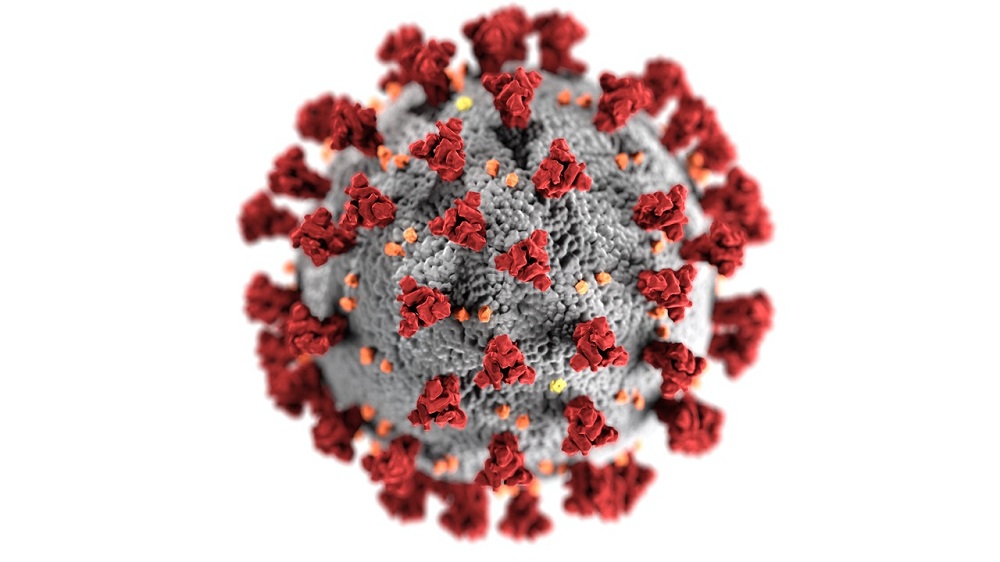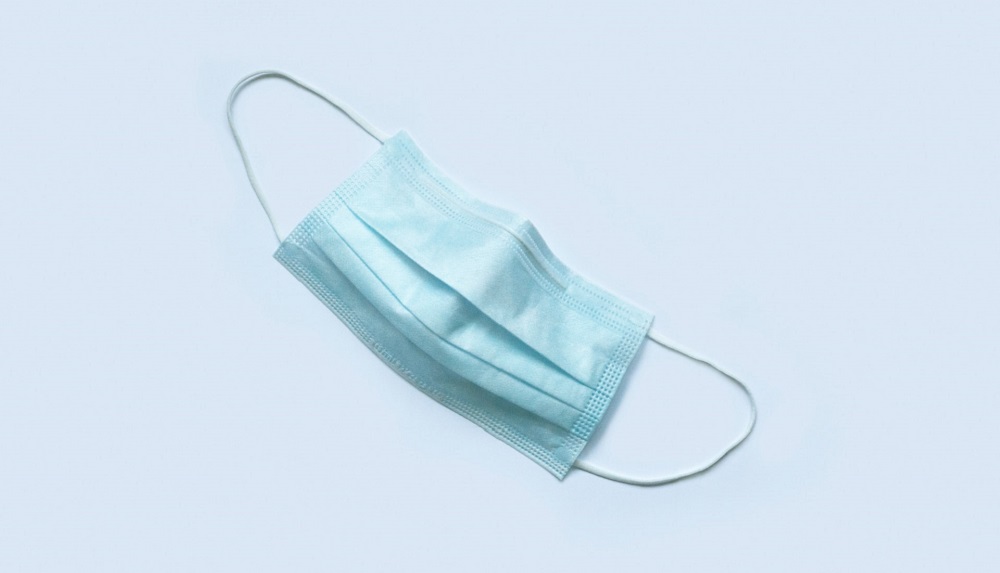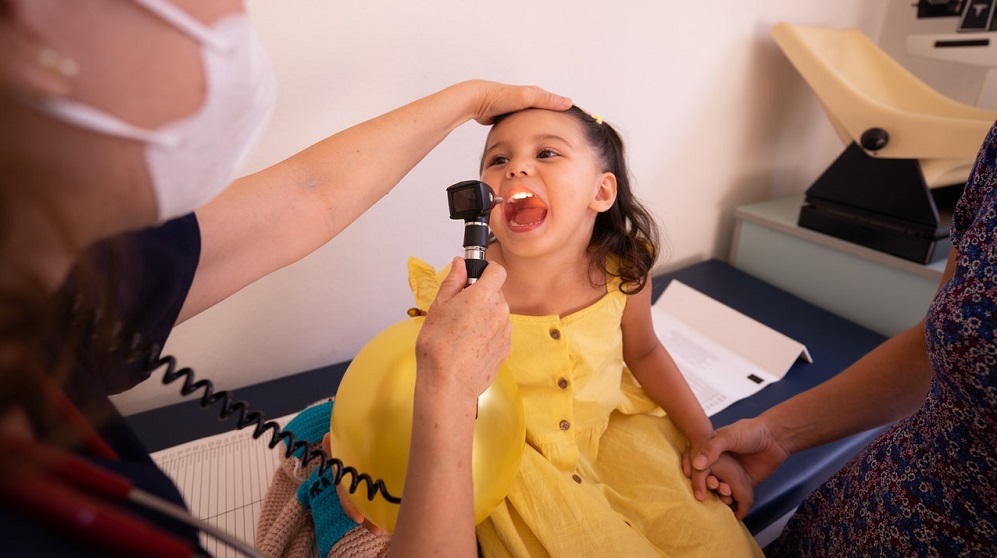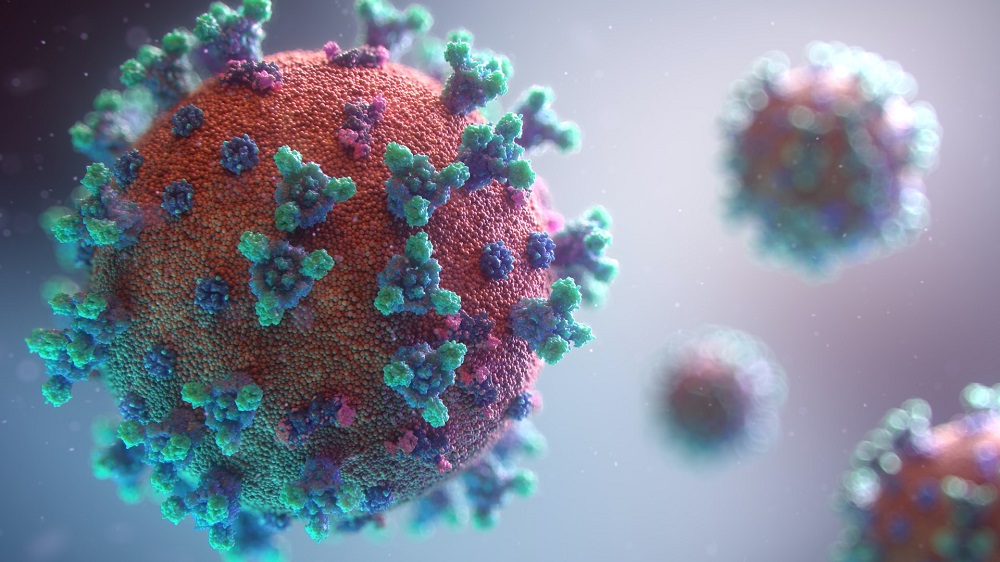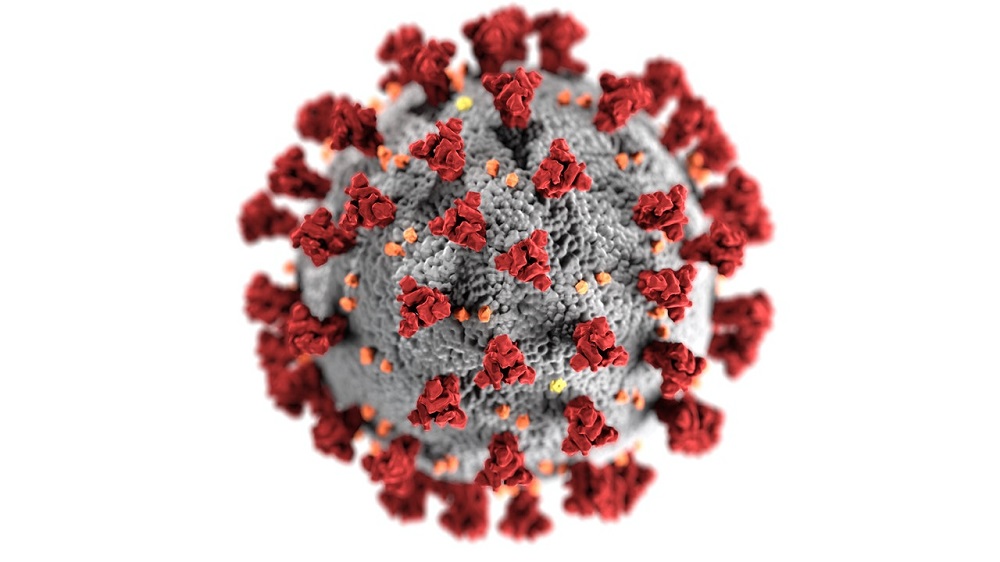On Sunday, the much anticipated 95th Academy Awards ceremony takes place, highlighting buzzworthy artists like Michelle Yeoh and Austin Butler. The nominations for the Oscars, announced on the 24th of January, saw viewers rush to watch their favorite, now critically acclaimed movies. And streaming app Paramount+ saw the biggest increase in week-over-week download growth – 80%! – thanks to Top Gun: Maverick and Everything Everywhere All At Once.
The recent wave of climate action plans, including the Inflation Reduction Act (IRA) and California’s ban on gas-powered cars, is likely to accelerate the automotive industry’s transition to electric vehicles (EVs). This week, we take a look at current trends in EV engineering jobs to better understand traditional automakers’ green transition. The job postings of traditional car manufacturers for engineers reveal that the demand for positions with specialization in electric vehicles has increased considerably.
The US labor market has changed over the last decade, and so have universities’ curricula and students’ major choices. But exactly how much has the college major landscape changed over the past decade? The indisputable new superstar of college majors is Computer Science. Enrollment in CS has increased by 140% over the past decade! The other majors that increased in popularity were also vocational in nature: Nursing, Business, and Engineering. All other majors have seen decreases in enrollment, with the biggest losses in Sociology, Literature, and History.
Before the COVID-19 pandemic, summer was fondly thought of as the season when sniffles were few and far between. For those few months, we could reliably expect a break from _most_ cold-like illnesses, as flu and colds seemed to consistently strike in the winter - a season when we are more susceptible to infection by various respiratory viruses.
If you’ve had COVID-19 or know someone who has had it, you are likely familiar with this illness timeline: Wake up feeling crummy...Wonder if you’re sick...Check your temperature (oh no, a fever!)...Make an appointment for testing (or buy an at home test)...Get tested...BOOM! Positive for COVID-19. You likely know that your positive COVID-19 test result (if done by a healthcare professional) is reported to your local health department, which allows them to monitor the disease’s trends, like in this graph below:
By this point, we know that COVID-19 can cause almost any symptom under the sun, from cough to fatigue to stomachache. Since COVID-19 symptoms often appear similar to those of the common cold, flu, and other contagious illnesses, a test is necessary to confirm diagnosis. However, **there is one symptom that is fairly unique to COVID: the loss of taste or smell**.
In regions where BA.2 prevalence is rising, Kinsa’s data shows a higher incidence of respiratory symptoms like runny nose and cough among adults. This subvariant now makes up the majority of COVID cases sequenced nationwide, but that proportion varies regionally, from about 93% in the New York/New Jersey region down to 73% in the Great Plains. We expect that as BA.2 increasingly predominates, cases will also increase, since this subvariant appears to be more transmissible than the original Omicron variant.
Move aside millennials, there is a new generation of Americans that will be blamed for everything that is wrong with the economy. As the great resignation is going full steam ahead, recent articles in Time, Bloomberg and the Wall Street Journal all focused on this younger generation of workers and the ways they are redefining work culture. So this week we decided to break down who contributes the most to the Great Resignation: older folks who are looking for early retirement, or millennials and generation Z who are looking for higher wages and better working conditions?
t’s been one week since the C.D.C. loosened its mask guidelines. Kinsa’s data shows that national respiratory illness activity is slightly decreasing, and remains below normal seasonal illness levels. Our data also shows that national respiratory illness activity among children 0-12 (which was increasing last week) has started to decrease, likely driving national illness levels down overall. As mask mandates are lifted in schools across the country, we’re closely monitoring illness activity in school-aged kids.
Amid the escalating crisis in Ukraine, we wanted to take the opportunity to pay homage to the impressive tech hub that Ukrainian people have built in the last few decades. First, looking into the most common occupations in Ukraine, we see that the majority of jobs are in the tech industry, with software development taking the lead. This wouldn’t come as a surprise to those who follow Ukraine as a tech hub in Europe. In fact, TechUkraine, a tech platform supported by Ukraine’s Ministry of Development and Trade has been warning about the ripple effects of this invasion on the budding tech industry.
News app downloads are spiking in the United States as people tune into Russia's war on Ukrainian sovereignty. News providers are being used for this much more than aggregators. CNN and Fox News are the largest in terms of absolute numbers, however, the Washington Post app was downloaded more on 2/19/22 (before the invasion) than any other day in its lifetime, with about 15k new installs globally.
After a brief plateau of national illness activity, Kinsa’s data now shows that over the past seven days, respiratory illness activity (cough, sore throat, fever) has started to increase in the Northeast, Midwest, and West, and South, largely driven by the pediatric population. The increased activity among kids is likely a result of several circulating respiratory illnesses like the common cold and RSV.
First…an update after the big game: Kinsa’s data isn’t showing any significant signs of increased illness activity in California where spectators gathered to watch in person. Note, attendees over 5 years old were required to show proof of vaccination or a negative PCR test within 48 hours (or negative antigen (rapid) test within 24 hours) of the game. In addition to fans flooding LA to spectate, people around the country also gathered to watch the game at home, so we’ll continue to keep an eye on illness levels over the next week to see what happens with activity across the country following this event.
Last week, we reported that national respiratory illness activity (fever, cough, and sore throat) decreased and is below pre-COVID seasonal illness levels (“normal seasonal levels”), which remains true this week across all age groups. When taking a closer look at the senior population (65-100 years old), Kinsa’s data shows an interesting trend: all age groups, including seniors, experienced a rapid increase in fever incidence in mid-December, likely due to the Omicron surge.
After a very tough month and a half, we’re seeing relief across the country. Kinsa’s data shows decreased illness levels across all regions of the US, even in areas where Omicron more recently peaked, like the South and the West. While case counts still remain higher than other waves during the pandemic, the worst of the Omicron surge seems to be behind us.
Good news: _nationally_, the wave of COVID cases fueled by the Omicron variant has peaked. But, trends vary vastly across regions. Kinsa data continues to show relief in the Northeast, which was hit hard by the Omicron surge in December. On the flip side, COVID cases remain record-high and increasing in much of the South and the West (WI, SC, UT, and AK in particular), where the Omicron wave hit later on. With parts of the country peaking, newly reported COVID-19 cases in the US started to decrease over the past week, but deaths will lag and unfortunately continue to increase.
After more than a month of unrelenting increases in COVID-19 cases, some regions appear to be passing over the peak. Kinsa data shows that fever incidence in the Northeast began to decrease around the beginning of January, signaling illness is on the decline. Reports of cough, runny nose and sore throat also began to fall this week. Washington D.C., one of the regions hit earliest in the Omicron wave, has already seen the average number of cases decrease every day this week.
This year’s illness season is here, as COVID, flu and cold grip the nation. For the first time since the pandemic began, every state in the country is simultaneously at “Critical” COVID risk, according to HealthWeather. Beginning just before Christmas, Kinsa data showed fevers accelerating upward, with the number of fevers nationwide quadrupling during December. The same trend continued into the new year as Omicron swept the nation, flu bubbled up regionally, and the viruses that cause the common cold spread.
According to Kinsa’s data, for the first time since October, more than half of the states are at either high or critical COVID risk. Risk levels are determined by a combination of the current number of cases and the Kinsa COVID-19 forecast. As the nation tops 800,000 deaths due to COVID-19, cases are running up too — there are currently around 125,000 new cases per day, an increase of 31 percent over the last two weeks. Some states, like New Hampshire and Maine, have more cases now than at any point in the pandemic.
With data anomalies caused by reporting delays and behavioral changes over the holidays now in our rearview, Thanksgiving’s impact on the country’s health is coming into focus — and it doesn’t look great. Kinsa data shows overall levels of fevers were increasing before the holiday, then dipped dramatically beginning on November 24 as people spent time with family, traveled, and otherwise didn’t spend much time taking their temperatures. Since then, the number of fevers across the country has shot up well above pre-Thanksgiving levels.













